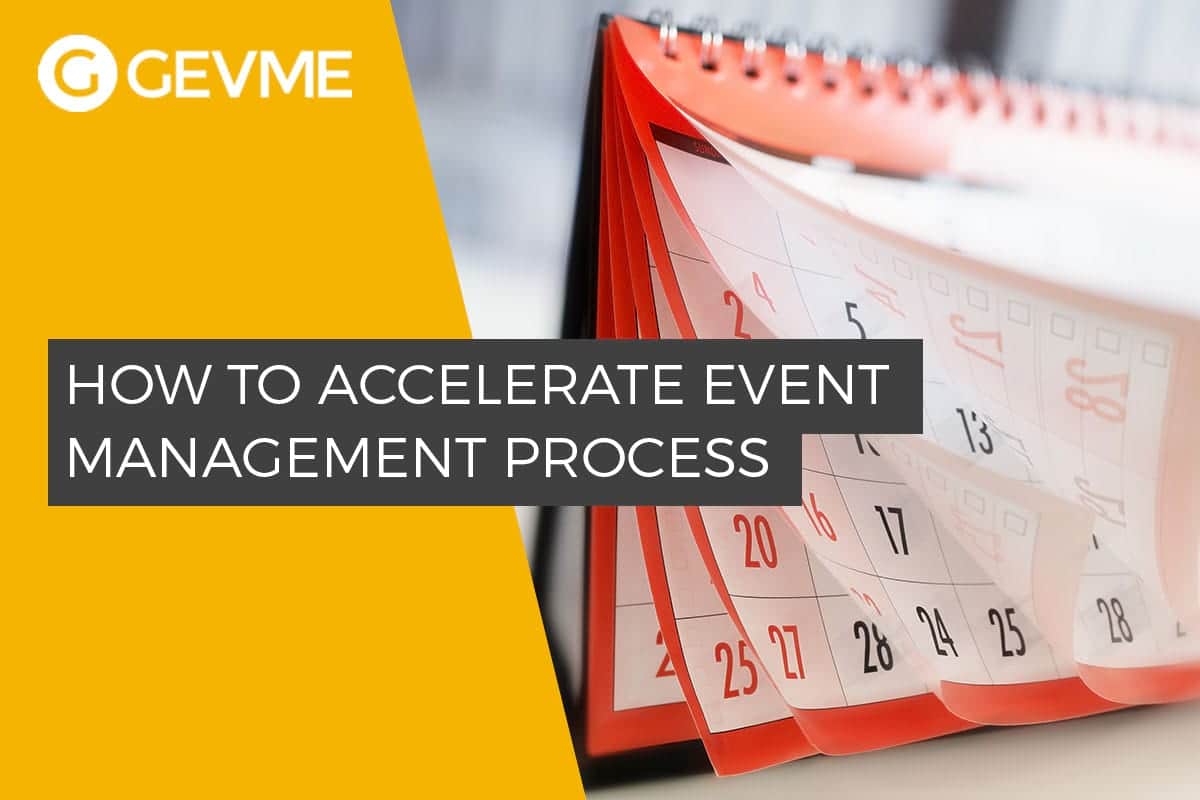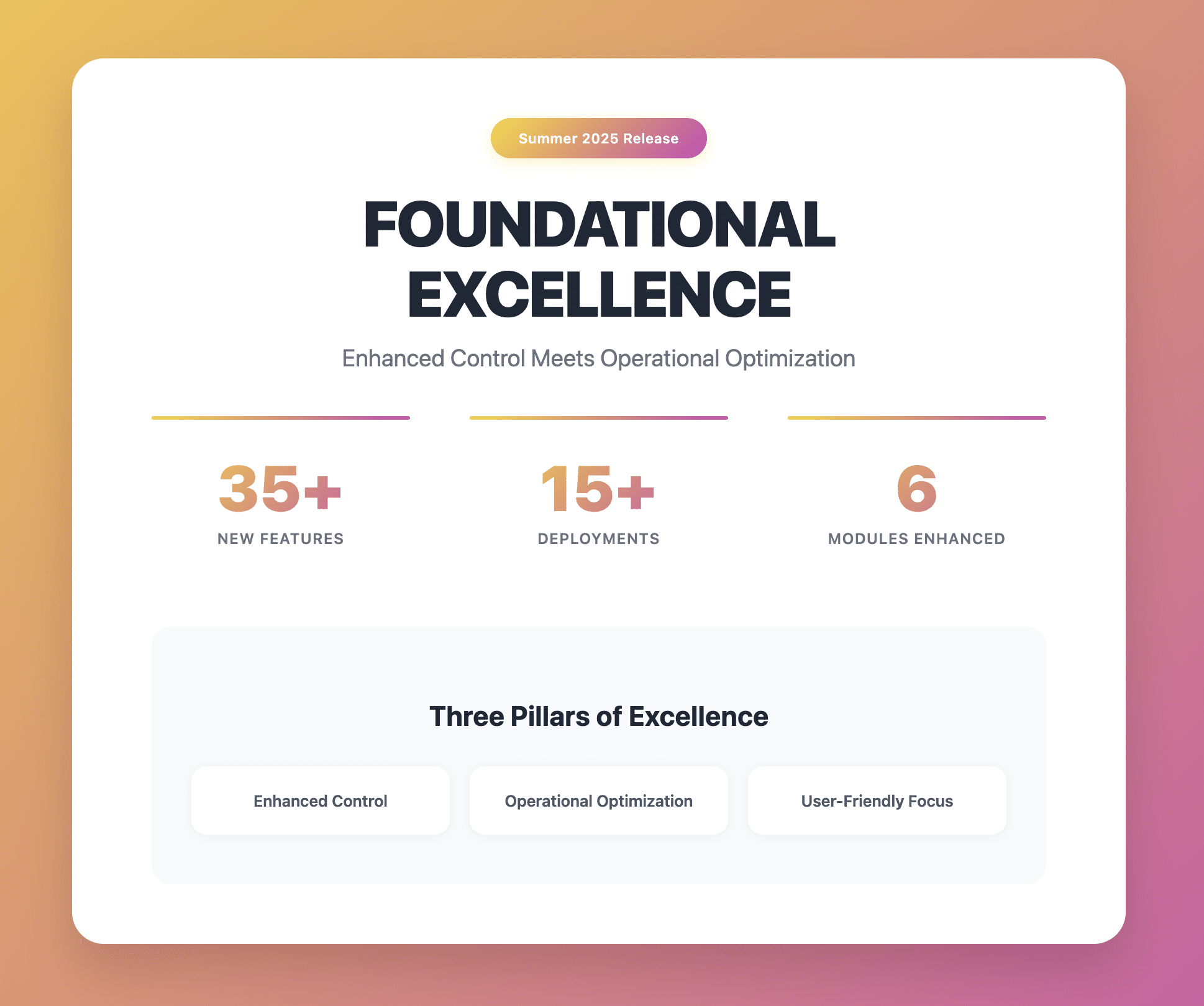The speed of event management is directly proportional to the number of attendees your event can accommodate. From spreadsheets and paper registration forms, the system of event organization has grown into an automated mechanism that allows handling sophisticated event processes online. The use of effective, starship-level tools with strong integration features is the lifeblood of modern large-scale events.
What does accelerated event management mean?
The event lifecycle management that embraces the use of automated tools on the levels of planning, execution and evaluation is called accelerated event management. The fundamental examples of tools which can speed up event management include registration & ticketing platforms, systems for onsite check-in management, analytics instruments, and more.
The reasons to accelerate event management for large events

Automation-centered event planning & management is a must in a world where technology has the upper hand. Here’s why you shouldn’t ignore accelerated experiences in event planning:
- Data grows bigger. The larger your meeting or conference is, the more information enters the game. To collect, organize, and make use of massive datasets, event managers need some good control levers.
- The number of players goes up. To ensure effective collaboration between the event team, vendors, speakers, sponsors, guests, exhibitors, and other players, the facilitation of logistics through technology is vital.
- Investments get risky. Leaving the outcome to chance in the case of large-scale events is impossible. With the huge investments flowing into large event organization, robust budgeting systems are highly necessary. WIth 60% of modern event marketers measuring ROI with the help of technology, accelerating the budgeting progress helps you avoid major risks.
How to accelerate event management for large events
To boost event management, you have to analyze the core control sectors relevant to a large-scale event. Go through the essential aspects picking measurements for each of the following points:
- Event business planning (mission, goals, risk management).
- Event action planning (venue activities, production benchmarks, operational standards).
- Event team (workflow management, task assignment).
- External relationships (cooperation with suppliers, venue hosts, event organizing services).
- Past experience.
Next, start developing measurements for the three core event management stages taking into account the most time- and cost-consuming points.
Before the event
At the initial stage of event lifecycle management, it’s critical to optimize pre-event communication across social media and email marketing, as well as set up ticketing and website development populated to event registration.

Check out the key ways of accelerating pre-event event building:
Embrace strong registration solutions
Pick a flexible system for event registration covering these features:
- custom form building;
- mobile optimization;
- pre-population of data;
- multiple payment streams;
- the ability to link registration with merchandise & accommodation booking;
- collecting data for profiling.
The convenience of registration & ticketing isn’t only the guarantee of a wide target audience outreach, but it also provides a good space for collecting meaningful data.
Automate operational processes
You can optimize event management processes using smart solutions to ensure operational efficiency. Here are the top tools you can leverage:
- mobile reporting;
- workflow management from one centralized platform;
- monitoring parking on mobile;
- one access card facilitation;
- online task assignment;
With a top-notch strategy for operational event management, you’ll develop hyper-speed, preparing large-scale events like Web Summit in the blink of an eye. Here’s the central stage of a most disruptive tech event being built in 1 minute:
Boost event marketing
To build a strong promotion campaign for a large event, elevate your marketing through the use of integrated event marketing software applications:
- email marketing with flexible email campaign statistics;
- CRM integration with attendee database;
- tools for social media publicity;
- contest management software to build anticipation through pre-event online competitions.
During the event
The greatest challenge for every event professionals is wowing attendees during the event. Here’s how you can consolidate your onsite management efforts to guarantee frictionless attendance experiences especially for a huge number of guests:
Onsite check-in technology
The biggest nightmare for every event professional is having epic queues near the registration counters. To build a smooth check-in system, you’ll need a set of tech assets:
- flexible onsite tech deployment;
- the aligned work of software and hardware;
- self check-in possibilities;
- on-demand badge printing technology;
- a powerful attendee tracking system;
- wearable technology facilitation.
If you’d like to tap into the full picture of onsite event management, read the success solution on Gevme check-in benefits for large conferences.
Entertainment
Let your event guests have fun and find the best outlets for networking, entertainment, and targeted interaction onsite with the following tech tools:
- social media walls;
- event mobile apps with gamification possibilities;
- virtual reality;
- interactive chatbot use.
Real-time management
Even if the show has already started, it’s never too late to make game-changing moves. To accelerate event engagement in real time, it’s critical to have monitoring tools in place that allow tracking navigation, participation in sessions, venue temperature, volume, and other technical details. Having access to this data, an event team is able to navigate the crowd, manage operational processes, and send notifications based on attendees’ preferences.
After the event

There are two core things that matter if you want to have a super successful after-party: follow-up communication and analytics technology. Here’s how you can leverage these assets to reap maximum after-event benefits:
Automate after-event email marketing
50% of modern event marketers state that getting a response from an attendee after the event is their basic challenge. Indeed, since the most meaningful interaction happens after the show, it’s important to approach your target audience with the right follow-up offers. Provide a special discount, a free in-house consultation, a video highlight, or the engaging insights from the past event to keep the dialogue going.
Use a software application with analytics & reporting capabilities
Structured reports that you can customize and extract instantly help event planners accelerate their event action plan the next time. When choosing analytics tools, pay attention to their integration possibilities, the range of available report formats, and customization level.
Conclusion
To accelerate event management processes, event gurus have to unleash the potential of modern technology. Test GEVME Onsite to see how integrated onsite technology can manage large crowds at your event.








